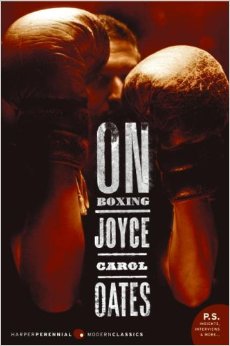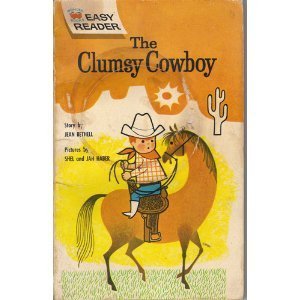A week ago I arrived in Cardiff, Wales, UK, for the first Martial Arts Studies Conference. I went straight from there to teaching a two day workshop in Amsterdam with Alex Boyd. Over the next week I hope to have some time for reflection. Until then, here are some undigested bits of excitement.
Paul Bowman deserves enormous credit for organizing the conference, and doing a wonderful job of it. I admit, I worried beforehand that we might have disagreements, but Paul gets my highest praise: He is the kind of guy one can disagree with and feel the bonds of sworn-brotherhood grow deeper. His character, thus set the tone for the entire conference. This is the first academic conference I have attended where everyone present had the ability to kick me in the head.
This is a dream network.
I taught in Amsterdam at a converted shipyard with a vegetarian restaurant and artist studios, will post a video. The students taking the workshop practice Lishi, a Chinese Daoist collection of martial movement and ideas--I'll post more on it later. It is very worth researching. It is connected to Daoist thunder rituals and was brought to the UK in the 1920's, so it is a window into the past as well. Some excellent training, and orthodox Daoyin. They were very open to what I have to share, it is a good fit. (And Alex Boyd is a great teacher.)
Snibits:
Martial Arts Studies--will it become a discipline or not, how about an "indiscipline?" I think the point here is that martial arts stretches the boundaries of many categories, and at the moment is in need of some working definitions.
Considerations of authenticity must be included in the definition of martial arts.
There is much support for the notion that dance and acting were closely related to western martial traditions. Dueling was expected to up hold standards of beauty.
Do we need a theory of history? How do we know what questions to investigate? Is it enough to follow what is intreging? Probably not, we need to consider metaphors, and make lists of differing views, perspectives and conditions. Yes, theory is dangerous, it can obscure or become an obsession. Theory is powerful, we need to be able to put it down, it should not become part of our arm. Sometimes great questions seem to come from nowhere.
There are Japanese Kata, that tell stories. I didn't know that before, a new subject to investigate.
We need more people from the "outer edge," (that's the sharpest bit of the sword). So much of the work on Martial Arts Studies up until now has been outside of academia, those people need to be included and rewarded. I suspect this field is going to explode now because there are people out there who have been sitting on research for more than 30 years. Up until now, it has been career suicide for academics to seriously take up the study of Martial Arts. The commercial world in film, religion, and sports is a huge potential source of funding and interest.
Open minded enthusiasts can accomplish a lot.
Project: Understanding what sovereignty is by looking at differences in notions of individual self-defense.
Shiva, lord of the dance, is the destroyer of illusion. In the South Asian world view, dance is closely related to destructive power (perhaps).
"One should avoid making sweeping generalization."--a view held by people who don't seem to notice that they are in the habit of making sweeping generalizations. Better, in my view, to do it, and know you are doing it. It makes it easier to take it back later.
Bruce Lee was defiantly killed by talismanic magic.
Plate steal armor was easy to move in, do flips and rolls, hop fences, climb, swing, and wrestle in. It just requires wearing it a lot--some wise men tested this out. I hope this means that we stop seeing people move like stiff robots when they wear armor in the movies. And I hope we see more people wearing plate steal armor to the movies, driving google-cars and drinking coffee at Starbucks.
Zhang Sanfeng texted me several times during the conference to clarify his positions.
Anthropology has changed from representing (peoples, events, milieus) to making. This was obvious when I was in college, and partially accounts for me dropping out.
Martial arts is a very potent tool for identity transformation. This position was promoted particularly by women at the conference, but I think there is a consensus
The desexualization of confined spaces.
One can not teach self-defense/counter-assault scenarios without acting, and the better the acting is--the better the training will be.







